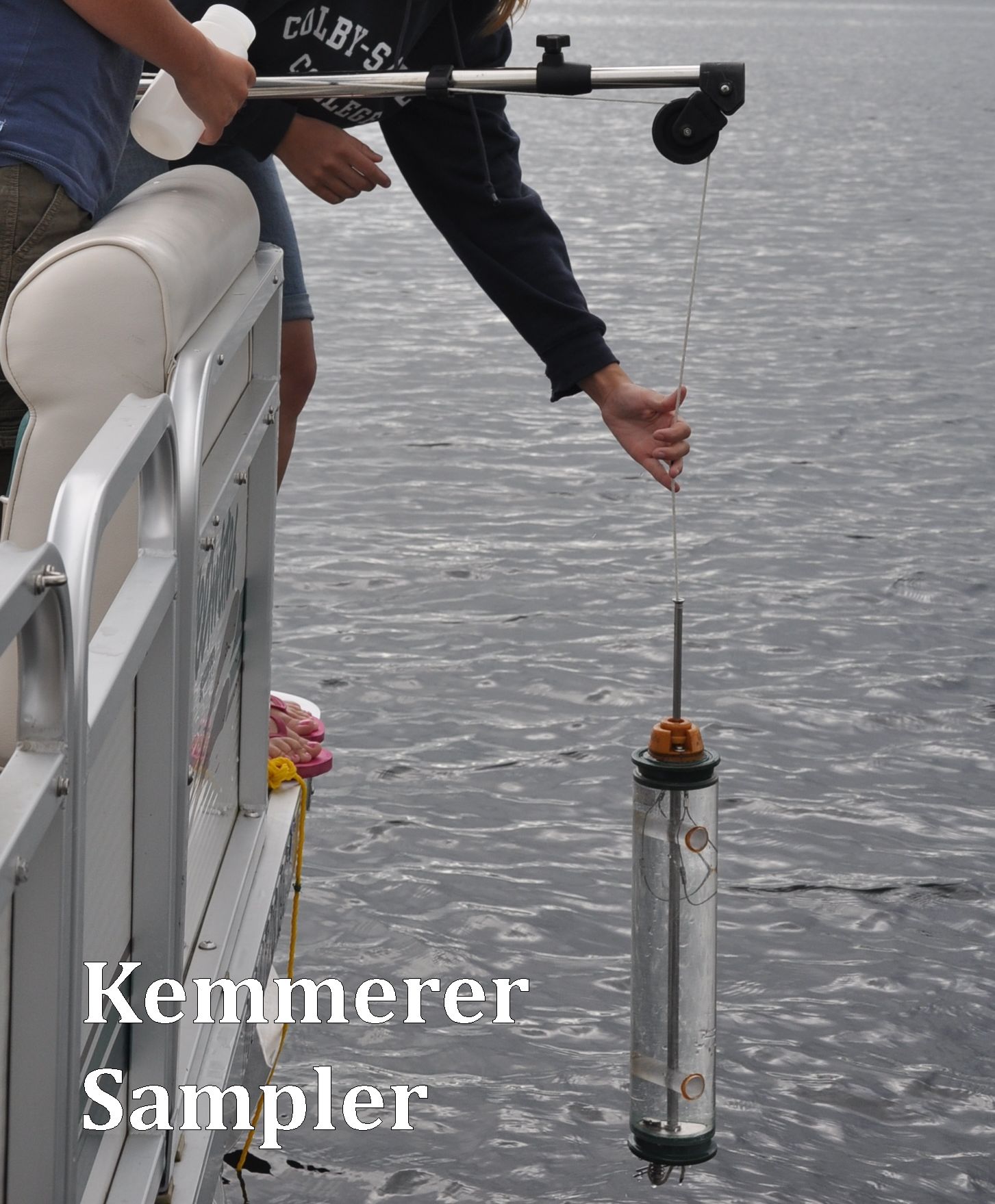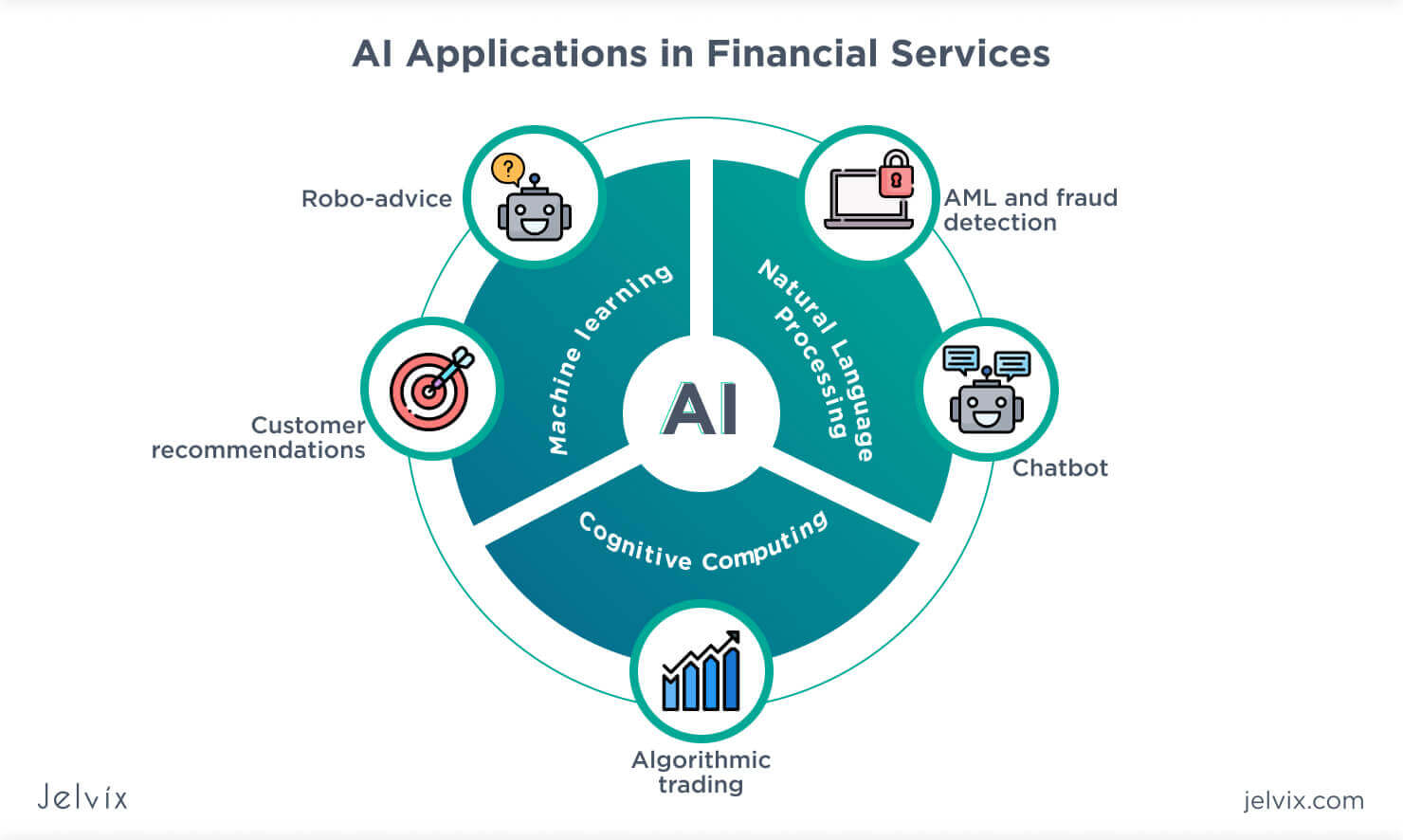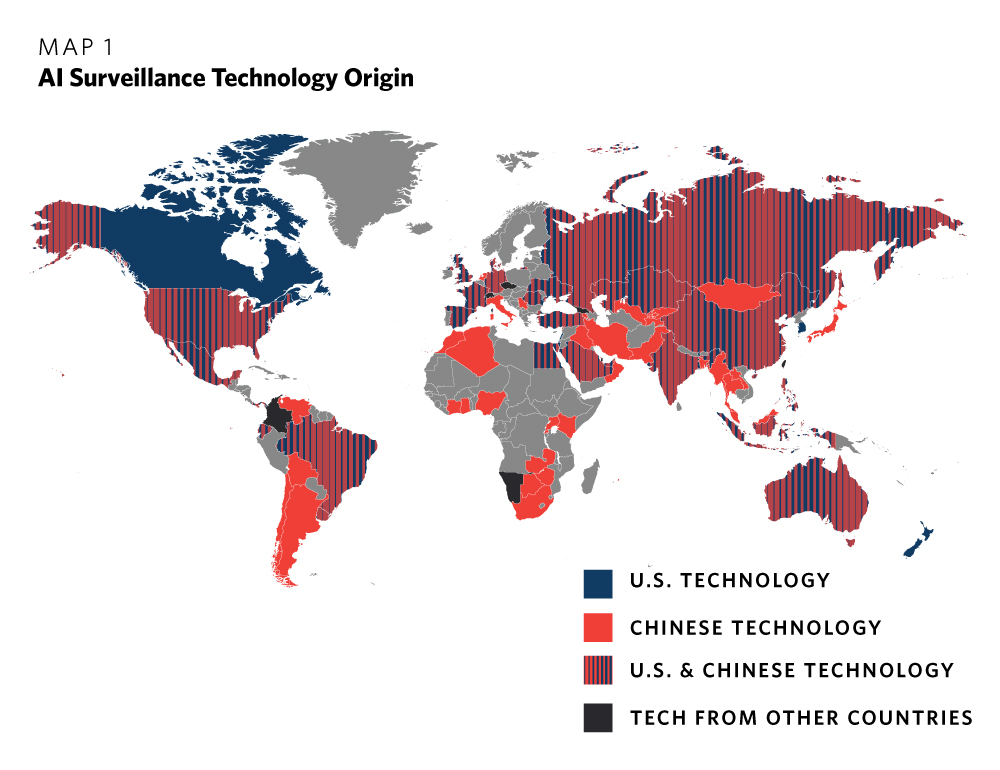
Advancements in Autonomous Vehicle Safety: The Role of Sound Technology
The landscape of self-driving technology is undergoing a transformational change, spotlighting safety through the innovative use of sound. A pioneering partnership between Calyo, Benedex Robotics, and Cranfield University is set to enhance the capabilities of autonomous vehicles by developing a functional safety sensing platform based on 3D ultrasound. This venture, known as the DRIVEN BY SOUND project, aims to ensure that self-driving systems can reliably operate even under extreme environmental conditions.
 Utilizing 3D ultrasound for enhanced vehicle safety
Utilizing 3D ultrasound for enhanced vehicle safety
Enhancing Sensory Perception in Autonomous Vehicles
The core objective of this project is to develop technology that enables self-driving vehicles to achieve a comprehensive understanding of their surroundings in real-time. This new platform will augment existing sensing systems, adding another layer of safety that is crucial for the reliability of autonomous driving. According to Mihai Caleap, CEO of Calyo, “Our partnership is delivering a robust, redundant sensing platform based on 3D ultrasound for automotive Advanced Driver Assistance Systems (ADAS) and autonomous driving.”
This innovative technology is not just limited to passenger vehicles; it is expected to be applicable across various vehicle platforms, including off-road industrial applications. For automotive manufacturers and mobility startups, having access to this advanced redundancy mechanism may be key in executing minimum risk maneuvers (MRMs) and ensuring safe stops during critical faults or hazardous road conditions.
Collaborative Expertise Driving Innovation
This exciting collaboration brings together significant expertise from multiple entities. Calyo contributes its advanced 3D ultrasound sensor technology, dubbed Calyo Pulse™, while Benedex Robotics injects its deep knowledge in safety platforms. Cranfield University’s focus on integrating and testing autonomous road vehicles further reinforces the robustness of the project. Snir Benedek, CEO of Benedex Robotics, remarked, “By integrating this additional layer of functional safety, we are introducing innovation that is transformative in the industry.”
 Partnership enhancing safety in autonomous mobility
Partnership enhancing safety in autonomous mobility
Ultimately, this project aims to culminate in a vehicle prototype equipped with the breakthrough technology by the first half of 2025, set to be demonstrated at Cranfield University’s Multi User Environment for Autonomous Vehicle Innovation (MUEAVI) proving ground. Marco Cecotti, Lecturer in Driving Automation at Cranfield University, emphasized the importance of safety in autonomous vehicle development, stating, “Safety has to be top of the agenda for autonomous vehicle development.”
New Water Quality Technology Unveiled
Shifting gears to water quality monitoring, a similar push for innovation can be observed in the monitoring of Buzzards Bay. Every five days, volunteers like Lisa Kingston and Susan Scott brave the waters to collect samples, contributing to one of the region’s longest-running water quality programs. Their dedication has significantly aided scientists in assessing the impact of pollutants, particularly nitrogen, from septic systems and fertilizers, which poses a severe threat to marine life.
 Volunteers sampling water to ensure safety and quality
Volunteers sampling water to ensure safety and quality
However, traditional methods of data collection are being revamped with the implementation of advanced technology. The Buzzards Bay Coalition is experimenting with a new continuous monitoring system, utilizing data loggers that can track changes in water quality every ten minutes, compared to the previous method of a five-day gap between collections. This shift represents a leap towards eliminating data gaps and minimizing human error in the monitoring process.
Chris Neill, a senior scientist at the Woodwell Climate Research Center, observes, “Findings from these loggers have already indicated that dangerously low oxygen levels have gone undetected as much as 40% of the time using previous methods.”
The Role of Continuous Monitoring
The continuous monitoring technology not only enhances data accuracy but also enables quicker environmental responses. By identifying impairment in water quality proactively, policies can be established to mitigate pollution. This includes promoting regulations that limit local developments reliant on traditional septic systems or encouraging the adoption of nitrogen-reducing alternatives.
As this initiative unfolds, the collaboration between scientists and technology underscores the critical nature of environmental stewardship.
Generative AI Revolutionizing Wealth Management
In another sector, generative artificial intelligence (AI) is beginning to reshape investment research. A key partnership formed between abrdn and the University of Edinburgh aims to leverage generative AI to enhance investment decision-making processes. By integrating statistical inferences with a sophisticated language model, the project is set to support investment research teams by expanding the breadth and depth of the insights they can extract from securities.
 Transforming investment research with AI technology
Transforming investment research with AI technology
The tool developed is designed to complement existing human abilities, thereby increasing productivity and insight generation across a broader array of investments. As abrdn CEO pointed out, the integration is poised to expedite more informed decisions while enriching the coverage within multiple sectors. The initiative extends beyond corporate advantage as it paves the way for students and early career researchers to engage with advanced forecasting approaches.
A Future with Enhanced Safety and Insight
As we delve deeper into these advancements—whether enhancing safety through sound technology in self-driving vehicles, innovating water quality monitoring systems, or reshaping investment capacities via AI—the underlying theme emerges: the necessity for continual improvement and adaptability across sectors. These initiatives not only enhance safety and environmental consciousness but also foster economic growth and opportunities for future generations.
In an era defined by technological evolution, the intersections of collaboration, innovation, and research stand as beacons guiding us towards a sustainable and secure future. Safety, efficiency, and responsibility converge as industries navigate the expanding landscape of technological potential.
Stay tuned for further developments in these groundbreaking projects, as we continue to cover advancements in technology shaping our world.















